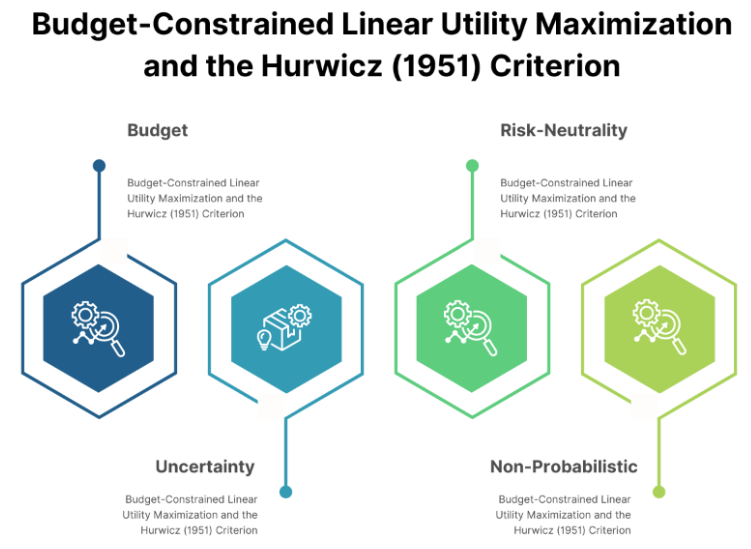Budget-Constrained Linear Utility Maximization and the Hurwicz (1951) Criterion
Main Article Content
Abstract
We show that for a trader displaying state-dependent risk-neutrality, budget constrained maximization based on the Hurwicz criterion for “non-probabilistic” uncertainty with the degree of pessimism being less than half, reduces to expected utility maximization under “the equal ignorance principle”, with all wealth being invested in positive return being available in just one state of nature and nothing at all in other states of nature. Such a portfolio is an extreme point of the set of budget-constrained expected utility maximizing portfolios, with equiprobable states of nature. With more than two uncertain states of nature, the above result extends to the case where the degree of pessimism is equal to half. We also show that if for a degree of pessimism, greater than or equal to half, an optimal solution to budget constrained maximization based on the Hurwicz criterion is not of this type, then it must be a “budget-constrained max-min utility maximizing” portfolio.
Downloads
Article Details

This work is licensed under a Creative Commons Attribution 4.0 International License.





